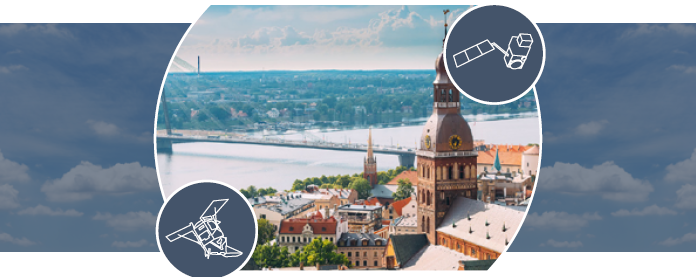
Breathing polluted air increases the risk of debilitating and fatal diseases such as lung cancer, heart disease and strokes. Globally, it is now the 4th highest fatal risk factor causing 6.7m premature deaths each year. Even at low levels, it can provoke serious illness, possibly resulting in an emergency hospital admission. The most harmful pollutants are micro particulate matters (PM10 and PM2.5), Nitrous oxides (NOX) and ozone. Most sources for these pollutants are anthropogenic and regulations are reducing overall emission levels. This is possible also thanks to improved monitoring capabilities that rely on a large number of insitu sensors but also in complex atmospheric modelling capabilities that are enabled by satellites. Satellites such as the Sentinels provide a great help to understand the overall concentrations of pollutants at larger scale as well as the dynamics that drive their transport. Using Sentinel data (along with many others) the Copernicus Atmospheric Monitoring Service can model air pollution and make forecasts for the coming days with increasing accuracy and confidence. This information, projected at city scale by the AirText service, enables citizens in Riga and London to make decisions in their daily lives. For vulnerable people, having a daily air quality forecast may become as important as having that for the weather.